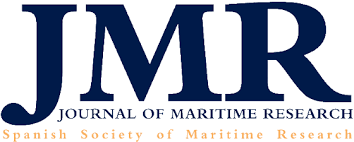- Home /
- Call for abstracts
Call for abstracts
CALL FOR ABSTRACTS MT'26 (11th edition)
Organization and submissions
The Conference is managed through an OJS platform. Participants must register in advance in order to submit their abstracts. All submissions will undergo a blind peer review conducted by the Scientific Committee through the platform. Submissions that do not strictly comply with the author guidelines will not be considered.
The official language of MT’26 is English.
Files must be uploaded in the “Make a Submission” section.
Abstracts online submission
Abstract-only conference — no full paper required. Abstracts submissions are limited to two pages following the abstract template.
Abstracts should clearly state the objective of the research, emphasizing the topic, originality of the work, main results and possible applications. Authors must avoid the use of specialized jargon and abbreviations/acronyms.
Only electronic submissions of Abstracts will be considered. Allowed formats are Microsoft Word Formats. The maximum size of the attachment is 4 MB.
CALENDAR (Dates and deadlines)
19 DECEMBER 2025 Abstract submission
16 JANUARY 2026 Provisional abstract acceptance
20 FEBRUARY 2026 Final abstract submission
27-29 MAY 2026 Conference at Barcelona School of Nautical Studies













